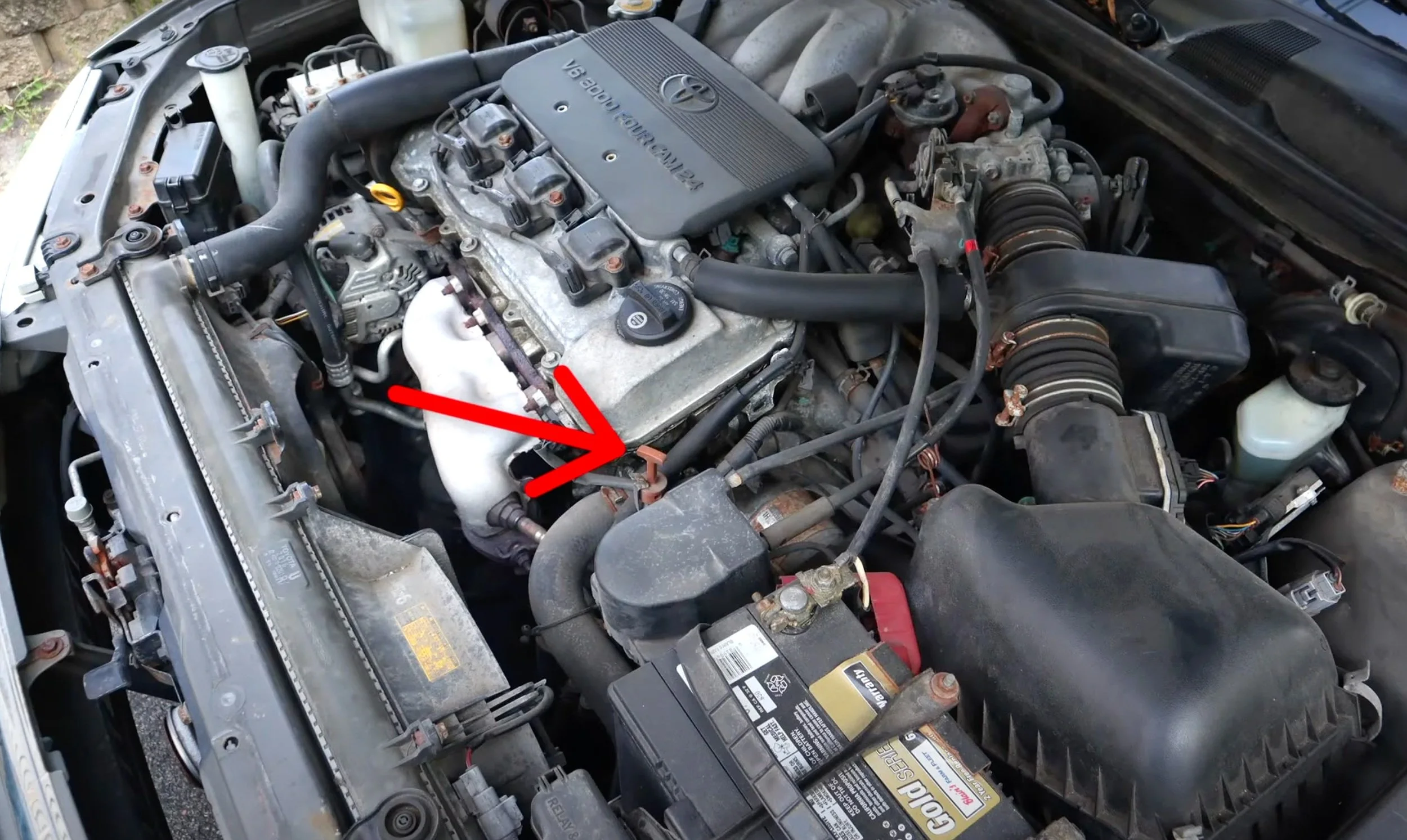5 SYMPTOMS OF LOW TRANSMISSION FLUID YOU NEED TO KNOW
purpose
Automatic Transmission Fluid (ATF), serves several essential functions in the vehicle's transmission system. ATF acts as a lubricant for the gears, bearings, and other moving parts in the transmission, helping to reduce friction and wear on these components. Additionally, ATF serves as a hydraulic fluid that creates pressure within the transmission to engage and disengage the gears and clutches. It also helps to regulate the transmission's temperature and protect against rust and corrosion.
location
The location of the transmission fluid level dipstick varies depending on the make and model of the vehicle. In most vehicles, the transmission fluid dipstick is located underneath the hood near the back of the engine. However, some newer vehicles don't have a dipstick to check the fluid level. For example, my Ford Fusion has an oil leveling plug hole on the side of the transmission.
In simple terms, the fluid level needs to be even with the plug hole, if it's not, your car is low on fluid.
If you’re not sure where to locate the plug hole in your vehicle I would recommend using a repair manual.
It's also important to note that some manufacturers require a special procedure or tool in order to check the fluid level.
symptoms
difficulty shifting gears
Low transmission fluid levels can make it difficult to shift gears or cause your car to slip out of gear while driving. If the transmission fluid level is low, there may not be enough lubrication, causing increased friction and heat within the transmission. This increased friction can cause the gears to grind against each other, making it difficult to shift gears smoothly or causing them to slip out of gear altogether. The transmission system may also not be able to create enough hydraulic pressure, causing difficulty in shifting gears.
unusual noises
A lack of lubrication can cause parts of the transmission to grind or whine, which can be heard from inside the car.
overheating transmission
As the transmission's parts rub against each other without enough ATF to lubricate them, they create more friction. Friction generates heat, which can damage the transmission's internal components, including the clutches, gears, and bearings.
burning smell
Since low transmission fluid levels can overheat the transmission, it will cause a burning smell that may be noticeable inside the car.
warning lights
Some vehicles may have a dedicated transmission warning light that illuminates when the fluid level is low or when the fluid is overheating. In contrast, other vehicles may have an engine warning light that activates when the transmission fluid is low, as the engine control module communicates with the transmission control module.
Check out my YouTube video!
Disclaimer: Some links in this article may be affiliate links.







